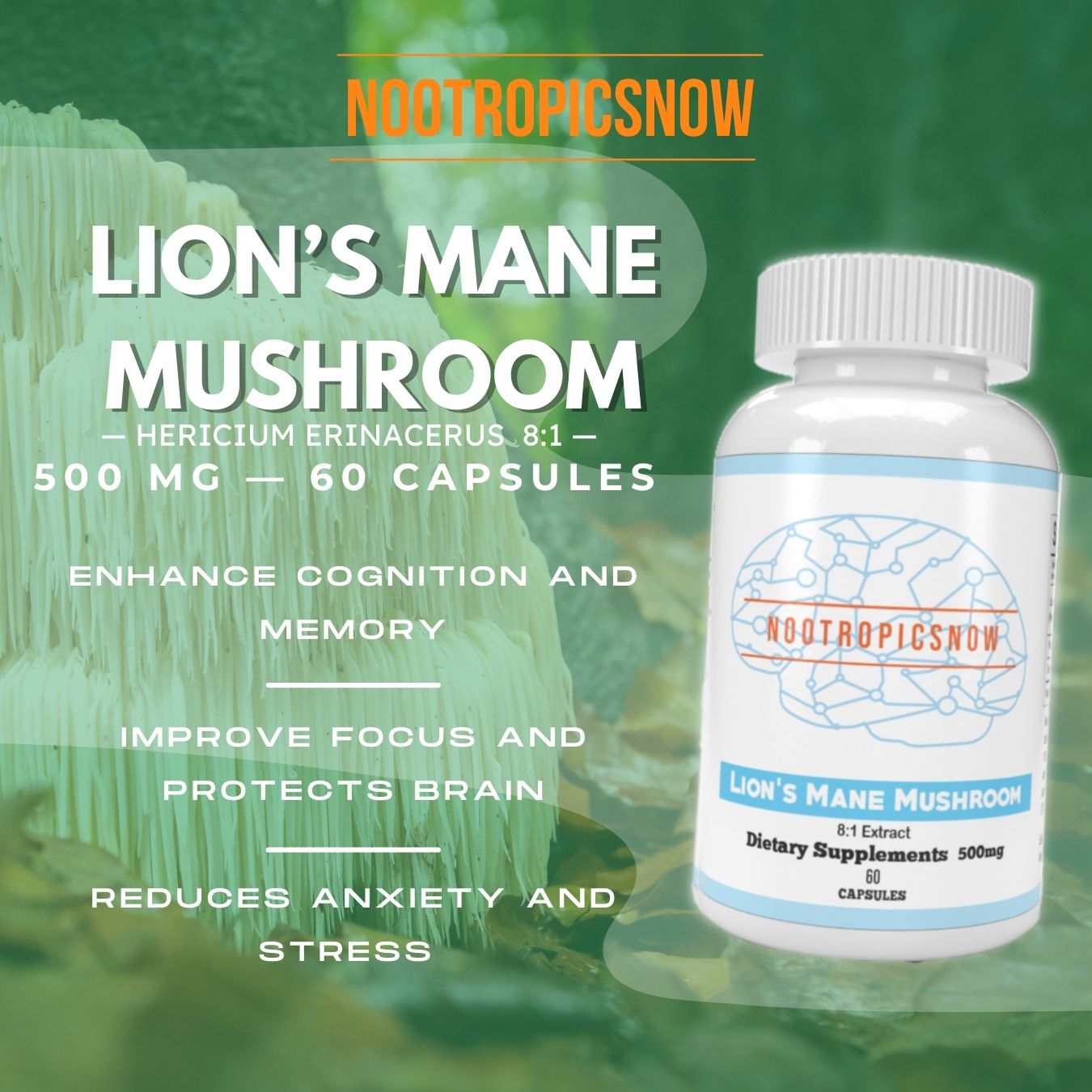Phenibut FAA: Mood Benefits & Research

Phenibut FAA Mood Research: A Comprehensive Overview
Phenibut, also known as β-phenyl-γ-aminobutyric acid, is a central nervous system depressant and a derivative of the naturally occurring inhibitory neurotransmitter gamma-aminobutyric acid (GABA). Phenibut FAA, or Free Amino Acid, is a specific form of phenibut purported to have a faster onset and potentially different effects compared to the more common hydrochloride (HCl) form. Research into phenibut FAA’s impact on mood is still emerging; however, understanding its mechanisms of action, purported benefits, and potential risks is crucial for anyone considering its use.
Understanding Phenibut and Phenibut FAA
Phenibut acts primarily as a GABA-B receptor agonist. This means it binds to and activates GABA-B receptors in the brain, mimicking the effects of GABA itself. GABA is the brain’s primary inhibitory neurotransmitter, responsible for calming nervous activity and promoting relaxation. By agonizing GABA-B receptors, phenibut can reduce anxiety, promote sleep, and induce a sense of well-being. In addition, it displays effects such as nootropic properties.
Phenibut FAA differs from phenibut HCl in its chemical structure. Phenibut HCl is the hydrochloride salt form, making it water-soluble and readily absorbed in the digestive system. Phenibut FAA, on the other hand, is the free amino acid form. Proponents claim that this form is more rapidly absorbed and can cross the blood-brain barrier more efficiently, leading to a faster and more pronounced effect. However, it is essential to recognize that this assertion is based largely on anecdotal evidence rather than rigorous scientific studies.
Phenibut FAA and Mood: What the Research Says
The scientific literature specifically examining phenibut FAA’s effects on mood is limited. Much of the available information comes from user reports, anecdotal evidence, and extrapolations from research on phenibut HCl. However, we can infer some potential mood-related effects of phenibut FAA based on our understanding of phenibut’s mechanisms of action.
Anxiety Reduction
One of the primary reasons individuals use phenibut is for its anxiolytic properties. Activation of GABA-B receptors leads to a reduction in neuronal excitability, which can translate to decreased feelings of anxiety and stress. Moreover, the drug also stimulates the release of dopamine to provide mood enhancements. While no studies have directly compared the anxiolytic effects of phenibut FAA versus phenibut HCl, some users report that the FAA form provides quicker relief from anxiety symptoms.
Mood Elevation
In addition to reducing anxiety, phenibut is known to produce a sense of euphoria and well-being in some individuals. This effect is likely related to its modulation of dopamine, a neurotransmitter associated with pleasure and reward. Phenibut FAA may amplify this effect due to its potentially faster absorption and higher bioavailability, leading to a more rapid and intense mood boost. However, it’s important to note that the euphoric effects of phenibut can be highly variable and may not be experienced by everyone.
Consider other supplements that can boost your mood such as St. John’s Wort:
View Product-Memory-Booster-mood-Depression-i.202321183.3488056362)

View Product
Social Disinhibition
Phenibut’s anxiolytic and mood-enhancing effects can also lead to social disinhibition. By reducing social anxiety and promoting a sense of confidence, phenibut may make individuals more likely to engage in social interactions. Some users report feeling more outgoing, talkative, and less inhibited when taking phenibut. Once again, phenibut FAA may amplify these effects due to its supposedly faster onset.
Potential for Dysphoria
While phenibut can produce positive mood effects, it’s also important to be aware of the potential for negative outcomes. Some users report experiencing dysphoria, or a general feeling of unease or dissatisfaction, particularly during the “comedown” phase after the initial effects of phenibut wear off. Factors such as dosage, individual sensitivity, and frequency of use can influence the likelihood and severity of dysphoria.
Dosage and Administration of Phenibut FAA

Dosage recommendations for phenibut FAA are generally similar to those for phenibut HCl. However, some users believe that a slightly lower dose of the FAA form may be sufficient to achieve the desired effects due to its supposedly higher potency.
A typical starting dose for phenibut FAA is around 250-500 mg. It is generally recommended to take phenibut on an empty stomach to maximize absorption. The effects of phenibut usually begin to be felt within 1-3 hours of ingestion, with peak effects occurring around 3-5 hours. The duration of effects can last for several hours, depending on the dose and individual metabolism.
Risks and Side Effects of Phenibut FAA
Phenibut, regardless of the form (HCl or FAA), carries a significant risk of dependence, tolerance, and withdrawal.

View Product
Tolerance and Dependence
With regular use, the body adapts to the presence of phenibut, leading to a gradual reduction in its effects. This phenomenon, known as tolerance, can prompt users to increase their dosage in an attempt to achieve the same initial effects. However, increasing the dose only accelerates the development of dependence, a state in which the body becomes reliant on phenibut to function normally.
Withdrawal Symptoms
Abruptly discontinuing phenibut after prolonged or high-dose use can trigger a severe withdrawal syndrome. Symptoms of phenibut withdrawal can include:
Phenibut withdrawal can be intensely unpleasant and potentially dangerous. It is essential to taper the dose gradually under medical supervision to minimize the risk of withdrawal symptoms.
Other Side Effects
In addition to the risks of tolerance, dependence, and withdrawal, phenibut can also cause a range of other side effects, including:
Legal Status and Regulatory Considerations
The legal status of phenibut varies depending on the country. In the United States, phenibut is not a controlled substance but is also not approved as a dietary supplement. This regulatory gray area means that phenibut can be legally sold and purchased in the U.S., but it cannot be marketed or labeled as a dietary supplement. The FDA has issued warning letters to companies marketing phenibut as a dietary supplement, citing concerns about its safety and unproven health claims.
In some other countries, phenibut may be a prescription-only medication or may be completely banned. It is essential to research the legal status of phenibut in your country before purchasing or using it.
Responsible Use and Precautions
Given the potential risks associated with phenibut, responsible use is crucial. If you are considering using phenibut FAA for mood enhancement or any other purpose, it is essential to follow these guidelines:
Alternative Strategies for Mood Enhancement
While phenibut may offer some potential mood-enhancing benefits, it is important to consider alternative strategies that are safer and more sustainable in the long term. These include:

View Product

View Product
View Product
View Product-Nootropic-Memory-Booster-Supplement-Focus-i.202321183.3851668485)
Conclusion
Phenibut FAA is a purported derivative of phenibut that is said to have similar mechanisms of action but a faster onset and different effects. While anecdotal evidence suggests that phenibut FAA may have mood-enhancing effects, the scientific literature specifically examining this compound is limited. Given the potential risks associated with phenibut, including tolerance, dependence, and withdrawal, responsible use and caution are crucial.
It is crucial to understand the potential risks, and carefully evaluate the risk-benefit ratio before usage. Before considering any form of phenibut, including FAA, consider consulting with a healthcare professional.
Phenibut FAA Mood Research
Phenibut, also known as beta-phenyl-gamma-aminobutyric acid, is a central nervous system depressant and a derivative of the naturally occurring inhibitory neurotransmitter GABA. While phenibut HCl (hydrochloride) is the more commonly available form, phenibut FAA (Free Amino Acid) presents a distinct alternative. Understanding the nuances of phenibut FAA, its potential benefits, and the existing research surrounding its impact on mood is essential for anyone considering its use. This section delves into the current scientific understanding of phenibut FAA and its implications for mood regulation.
What is Phenibut FAA?
Phenibut FAA differs from phenibut HCl primarily in its chemical structure and resulting absorption characteristics. Phenibut HCl is a salt, meaning it contains a hydrochloride molecule bound to the phenibut molecule. This form is water-soluble and readily dissolves in the acidic environment of the stomach.
Phenibut FAA, on the other hand, is the pure, unadulterated amino acid form. It lacks the hydrochloride component, making it less acidic and more readily absorbed in the small intestine, particularly in a sublingual (under the tongue) application. This difference in absorption may lead to variations in the onset and duration of effects compared to phenibut HCl. Many users report a smoother, less intense experience with the FAA version.
Absorption and Bioavailability: A Key Difference
The primary advantage of phenibut FAA is often touted as its potentially superior bioavailability. Because it lacks the hydrochloride salt, phenibut FAA is believed to be less likely to be broken down in the stomach’s acidic environment. Some speculate that this leads to a greater proportion of the ingested dose reaching the bloodstream intact. However, concrete research definitively proving this claim is still needed. Further studies directly comparing the bioavailability of phenibut HCl and FAA are necessary.
Moreover, the method of administration can significantly impact absorption. Sublingual administration of phenibut FAA bypasses the first-pass metabolism in the liver, potentially leading to faster onset and increased bioavailability. In contrast, oral ingestion of phenibut FAA subjects it to the same digestive processes as phenibut HCl, though theoretically with less degradation in the stomach.
Phenibut’s Mechanisms of Action
Regardless of the form (HCl or FAA), phenibut exerts its effects primarily through two mechanisms:
It’s important to note that the degree to which phenibut affects dopamine levels is still debated, and more research is needed to fully understand this interaction.
Phenibut FAA and Mood Regulation: What Does the Research Say?
The direct research specifically investigating the effects of phenibut FAA on mood is limited. Most available studies focus on phenibut in general, without specifying the form used. Therefore, extrapolating the findings to phenibut FAA requires caution.
However, we can draw some inferences based on the known mechanisms of action and anecdotal reports:
It’s always best to consult a healthcare professional before starting any new supplement, especially one that affects the central nervous system. If you are considering phenibut HCl, you might want to research other options as well:
View Product

View Product
View Product

View Product

View Product

View Product
Table: Potential Mood Effects of Phenibut FAA
| Effect | Mechanism | Evidence Level | Notes |
|---|---|---|---|
| :———————— | :——————————————- | :—————————————————————————— | :———————————————————————————————————————————– |
| Anxiety Relief | GABA-B receptor agonism | Moderate (Extrapolated from phenibut HCl research and anecdotal reports) | Requires careful dosing and monitoring. Potential for rebound anxiety during withdrawal. |
| Improved Sleep Quality | GABA-B receptor agonism | Moderate (Extrapolated from phenibut HCl research and anecdotal reports) | Not a long-term solution for insomnia due to the risk of dependence. |
| Euphoria | Dopamine release (at higher doses) | Low (Based on anecdotal reports; extent of dopamine release not fully understood) | Short-lived and can be followed by a “comedown” effect. Can lead to impulsive behaviors. |
| Mood Instability | Withdrawal symptoms | Moderate (Known side effect of phenibut use) | Can include anxiety, depression, irritability, and insomnia. Even short-term use can lead to withdrawal symptoms in some individuals. |
The Importance of Responsible Use
Given the potential benefits and risks associated with phenibut FAA, responsible use is paramount. This includes:
Legal and Regulatory Status
The legal status of phenibut varies depending on the country. In the United States, phenibut is not a controlled substance but is not approved for use as a dietary supplement. This means that it is legal to purchase and possess phenibut, but it cannot be marketed as a dietary supplement. The FDA has issued warning letters to companies that have made unsubstantiated claims about phenibut’s health benefits or that have marketed it illegally.
Consumers should be aware of the legal and regulatory status of phenibut in their jurisdiction before purchasing or using it.
Future Research Directions
To better understand the effects of phenibut FAA on mood and overall well-being, future research should focus on the following areas:
User Experiences and Anecdotal Evidence
While anecdotal evidence should be interpreted cautiously, it can provide valuable insights into the potential effects of phenibut FAA. Many users report that phenibut FAA provides a smoother, more subtle experience compared to phenibut HCl. Some users also report that phenibut FAA is less likely to cause gastrointestinal distress.
However, it’s important to note that individual experiences can vary widely. Some users may not notice any difference between phenibut FAA and HCl, while others may experience significant differences in terms of efficacy, side effects, and duration of action.
Potential Side Effects and Risks
Like any drug or supplement, phenibut FAA can cause side effects. Common side effects include:
Managing Withdrawal Symptoms
If you experience withdrawal symptoms after stopping phenibut FAA, it’s important to seek medical attention. Withdrawal symptoms can be severe and potentially life-threatening.
The management of phenibut withdrawal typically involves a gradual tapering of the dose under medical supervision. Other medications, such as benzodiazepines or baclofen, may also be used to help manage withdrawal symptoms.
Conclusion: A Cautious Approach to Phenibut FAA and Mood
Phenibut FAA is a compound with the potential to affect mood through its actions on GABA and dopamine receptors. While some users report benefits such as anxiety relief and improved sleep quality, it’s crucial to approach phenibut FAA with caution due to the risk of tolerance, dependence, and withdrawal symptoms. Responsible use, including low doses, infrequent use, and avoidance of long-term use, is essential to minimize the risk of adverse effects. Further research is needed to fully understand the effects of phenibut FAA on mood and overall well-being. Individuals with pre-existing medical conditions, particularly mental health disorders, should consult with a healthcare professional before using phenibut FAA. The information provided in this section is not intended as a substitute for professional medical advice.

